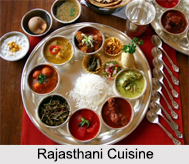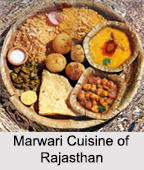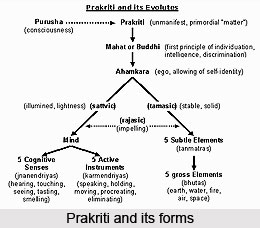 Lawn Tennis in India is one of the popular sports of India. It is a game which can be played either indoors or outdoors on a rectangular court by two persons (in singles) or by four of the same sex (women's and men's double) or by men and women partners (mixed doubles). Contrasting to Cricket, Lawn Tennis has failed to get the hold of the masses in India and still, after 120 years of its beginning, it remains a game for the influential class.
Lawn Tennis in India is one of the popular sports of India. It is a game which can be played either indoors or outdoors on a rectangular court by two persons (in singles) or by four of the same sex (women's and men's double) or by men and women partners (mixed doubles). Contrasting to Cricket, Lawn Tennis has failed to get the hold of the masses in India and still, after 120 years of its beginning, it remains a game for the influential class.History of Lawn Tennis in India
The game was brought to India by the British Army and civilian officers. Some of the most notable tennis tournaments in the history of the game in the India include Punjab Lawn Tennis Championship held at Lahore in 1885, Bengal Lawn Tennis Championship held at Kolkata in 1887 and the All India Tennis Championships organized at Allahabad in 1910. In the early years, when the Indians were habituated with tennis, the British players dominated the championships. The earliest All India Championships in Tennis were held in 1910, in which both men and women took part.
Development of Lawn Tennis in India
The year 1910 was the beginning of the development of lawn tennis in India in which both men and women took part. B.K Nehru in 1905 and Sardar Nihal Singh in 1908 and later M Saleem, Fayzee brothers with Jagat Mohan Lal made it to last 16 steps at the Wimbledon. Ghaus Mohammad was the first Indian to make in the quarterfinals at Wimbledon in 1939. In the 1960s, the Lawn Tennis observed a golden period. Ramanathan Krishnan received his top rank – No. 4 in Wimbledon in 1962. India continually became the Zonal Champions in the Davis Cup. Ramanathan Krishnan, along with Premjit Lal, SP Misra, Jaidip and RK Khanna as the non-playing captain, pushed India to the Cup finals in 1966.
 In the 1970s, Vijay Amritraj with his teammates Sashi Menon, Jasjit Singh and Anand Amritraj brothers took India to World Cup Finals for the second time in 1974. Moreover, Vijay also made it to the quarterfinals of US Open in 1973 and 198, Wimbledon in 1973 and 1974. The son of Ramanathan Krishnan, Ramesh Krishnan won the junior Wimbledon championship and junior French Open title in 1979 and was ranked number 1 junior in the world. He made it to the quarterfinals at Wimbledon (1986) as US Open twice. India won their first Grand Slam title at the French open in the Mixed Doubles in 1997. Although, none of the Indian player has won a Grand Slam Singles title in the Men's or Women's category so far.
In the 1970s, Vijay Amritraj with his teammates Sashi Menon, Jasjit Singh and Anand Amritraj brothers took India to World Cup Finals for the second time in 1974. Moreover, Vijay also made it to the quarterfinals of US Open in 1973 and 198, Wimbledon in 1973 and 1974. The son of Ramanathan Krishnan, Ramesh Krishnan won the junior Wimbledon championship and junior French Open title in 1979 and was ranked number 1 junior in the world. He made it to the quarterfinals at Wimbledon (1986) as US Open twice. India won their first Grand Slam title at the French open in the Mixed Doubles in 1997. Although, none of the Indian player has won a Grand Slam Singles title in the Men's or Women's category so far.Leander Paes won the Wimbledon Championship in 1999, 2003, 2008, 2009, 2010 and in 2015 in the category of Mixed Doubles. In the Mixed Doubles, Sania Mirza won the title of US Open in 2014, French Open in 2012 and Australian Open in 2009. Mahesh Bhupathi won the title of French Open and US Open in the category of Mixed Doubles. Leander Paes and Mahesh Bhupathi won the French Open and Wimbledon together. Sania Mirza won the Wimbledon in 2015 in Women's Doubles. Sumit Nagal won the Wimbledon in 2015 in Boys' Doubles.
For more, visit the link below:









